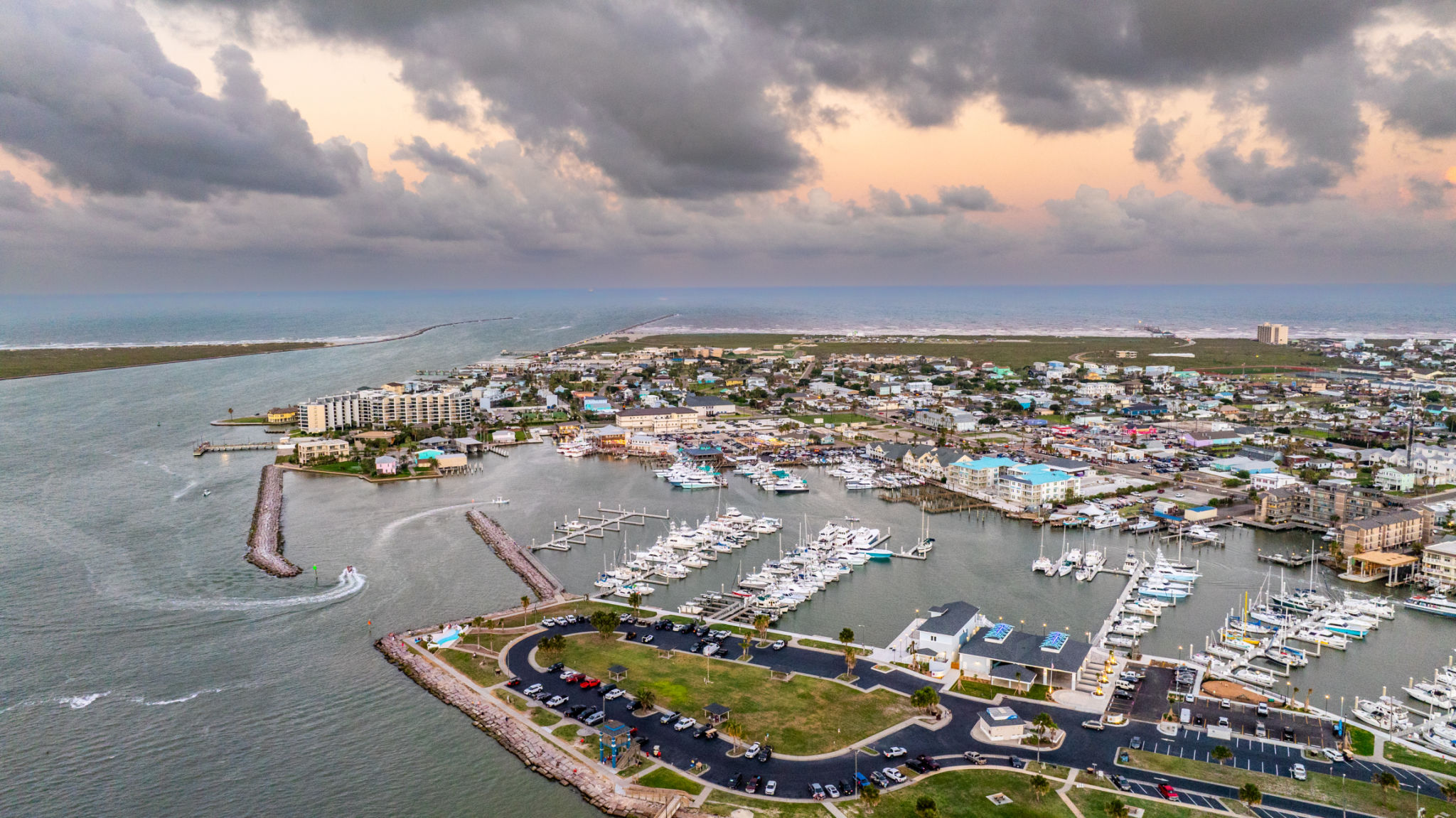Myth-Busting: Common Misconceptions About Texas Logistics
Understanding the Size of Texas
One of the biggest misconceptions about logistics in Texas is the underestimation of the state's sheer size. Texas is not only the second-largest state in the U.S., but it is also larger than many countries. This vast area presents unique logistical challenges that require careful planning and coordination. When considering logistics in Texas, it's crucial to understand that distances between major cities can be substantial, often requiring a strategic approach to transportation and distribution.

Weather Considerations
Another common myth is that Texas weather is always predictable and favorable for logistics operations. However, this is far from the truth. Texas experiences a wide range of weather conditions, from scorching summers to unexpected icy winters in certain regions. These weather variations can significantly impact transportation schedules and routes. Understanding and preparing for these weather patterns is essential for effective logistics management in the state.
The Impact of Hurricanes
Additionally, the Gulf Coast region of Texas is susceptible to hurricanes, which can disrupt supply chains and cause significant delays. Logistics providers must have contingency plans in place to mitigate the effects of such natural disasters. This includes establishing alternative routes and having emergency response procedures ready to ensure minimal disruption to operations.

Infrastructure and Transportation
Many people assume that Texas, being a well-developed state, has a uniform infrastructure that supports seamless logistics operations. While Texas boasts an extensive network of highways, railways, and ports, there are still areas where infrastructure development lags behind. Rural regions, in particular, may face challenges related to road quality and connectivity, which can impact delivery times and costs.
Port Capacity and Utilization
Ports in Texas, such as those in Houston and Corpus Christi, play a vital role in international trade. There is a misconception that these ports are always operating at optimal capacity. In reality, they can experience congestion and delays due to high demand and limited resources. Efficient logistics planning must account for potential bottlenecks at these critical entry points.

Technological Advancements and Innovation
Some believe that Texas logistics rely solely on traditional methods without embracing technological advancements. However, this couldn't be further from the truth. Texas is at the forefront of adopting innovative technologies in logistics, such as automation, data analytics, and GPS tracking systems. These technologies help optimize routes, reduce costs, and improve overall efficiency.
Role of E-commerce
The rapid growth of e-commerce has also driven significant changes in logistics strategies within Texas. Companies are increasingly leveraging technology to enhance their supply chain operations and meet the demands of online shoppers. This includes investing in warehouse automation and last-mile delivery solutions to accelerate order fulfillment.
The Diverse Workforce
A final misconception is that the logistics workforce in Texas lacks diversity and specialization. On the contrary, Texas is home to a diverse and skilled workforce that contributes significantly to the efficiency of logistics operations. From truck drivers to supply chain analysts, Texas offers a wide range of expertise that supports the state's logistics industry.
In conclusion, understanding the realities of Texas logistics requires debunking common myths and embracing a more informed perspective. By acknowledging the state's unique challenges and leveraging technological advancements, businesses can navigate the complexities of Texas logistics more effectively.